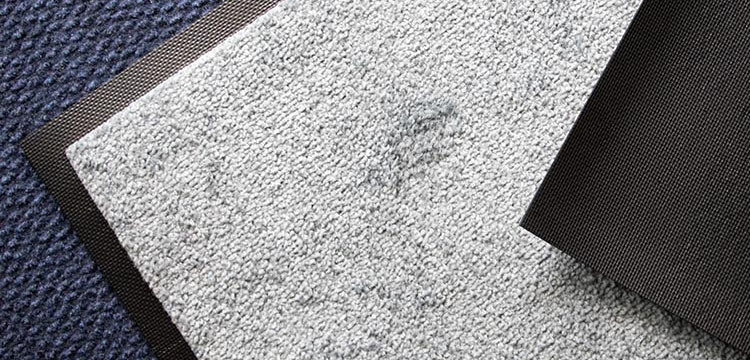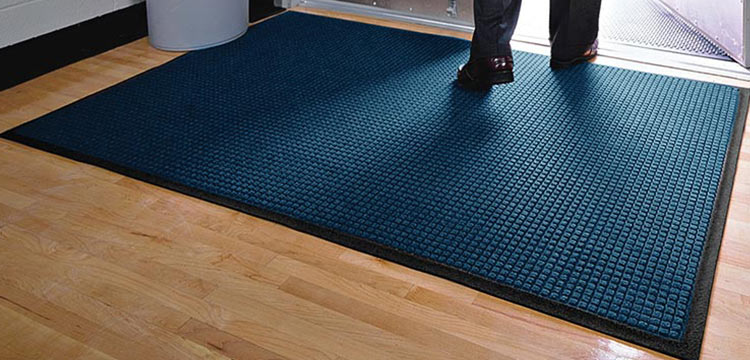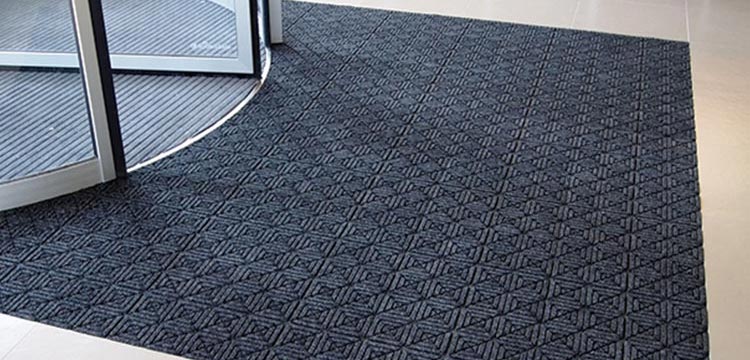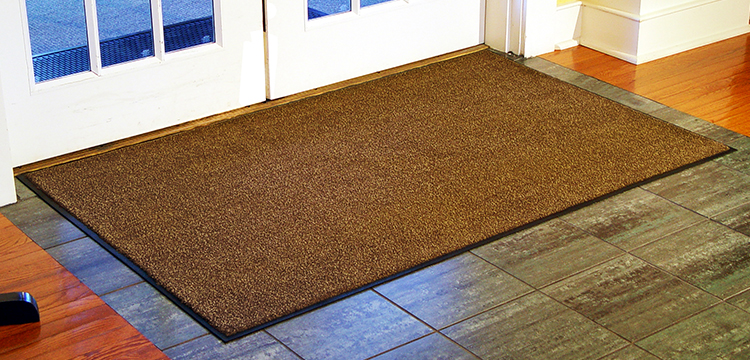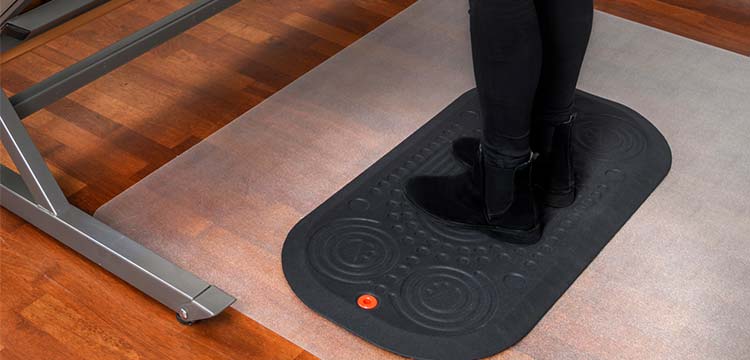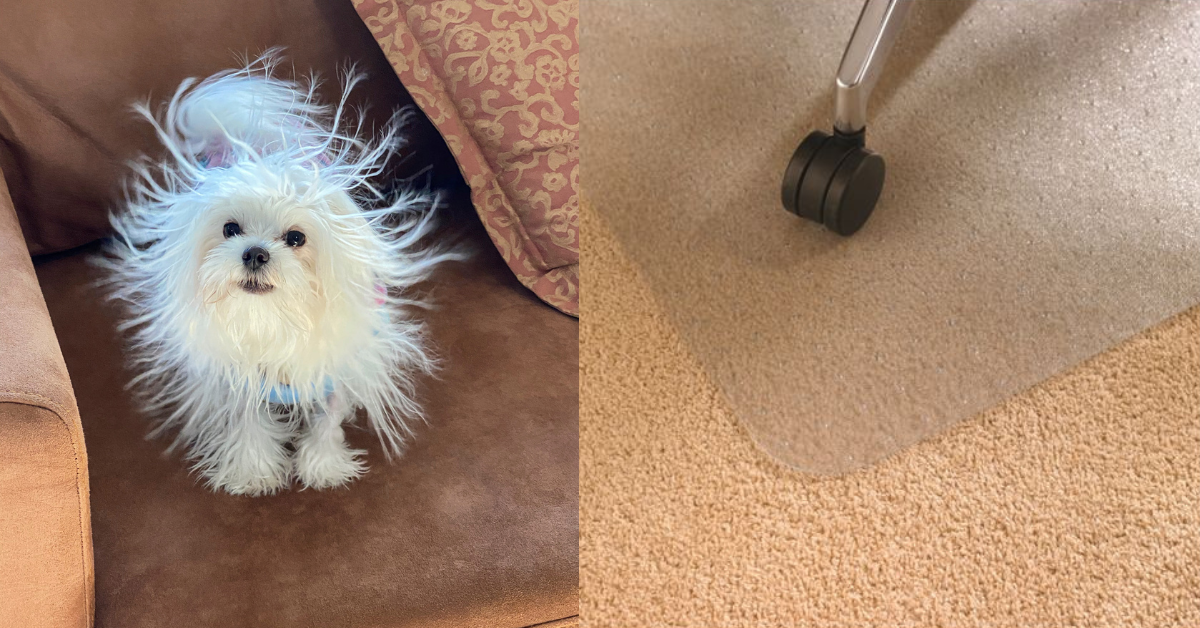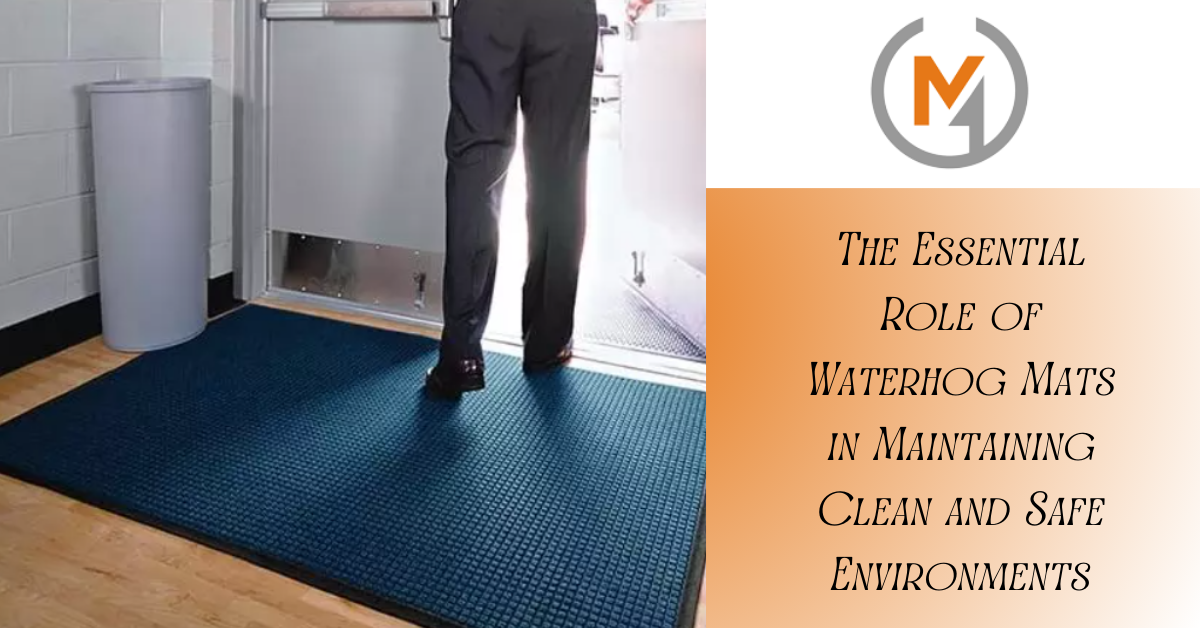P-Wave Mats: An Innovative Approach to Cancer Awareness
- Mats4U Blogger
- Blog
- 6 Dec 2023
- views
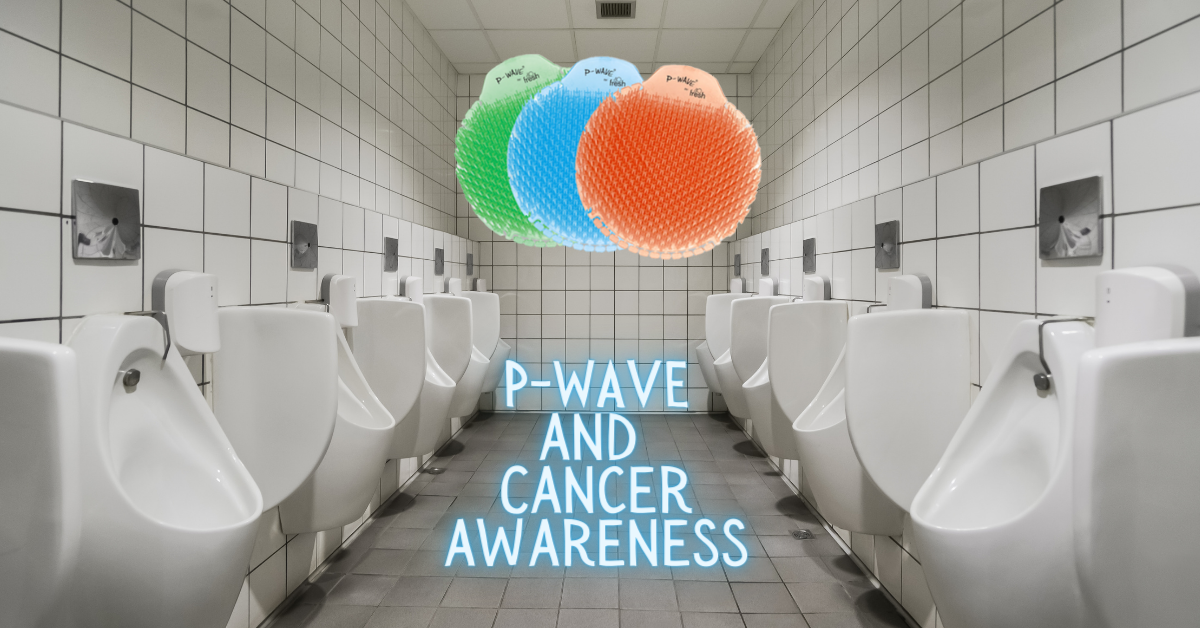
In a groundbreaking move to enhance cancer awareness and early detection, the National Health Service (NHS) in the United Kingdom has devised an unconventional yet highly effective strategy. This strategy involves the placement of informational messages about cancer symptoms on P-Wave urinal mats in public spaces such as pubs and football grounds. Among the various products being utilized for this initiative, the P-Wave mat stands out as an innovative and impactful tool. In this article, we will delve into the world of P-Wave mats, exploring their unique features and discussing the potential they hold in the realm of cancer awareness.
The NHS Initiative
The NHS has long been at the forefront of public health initiatives, and its recent foray into utilizing P-Wave urinal mats as a means of disseminating information about cancer symptoms is a testament to its commitment to early detection and awareness. The initiative aims to reach a broad audience in a casual and unintrusive manner, taking advantage of the fact that people often have a few moments of downtime while using public restroom facilities.
While the NHS's decision to employ P-Wave urinal mats as a communication medium has garnered attention, it is the choice of specific products like the P-Wave mat that is making waves in this unique approach to health education.
P-Wave Mats: A Closer Look
P-Wave mats are a type of urinal deodorizer and screen that serve multiple purposes. Traditionally, these mats were designed to combat unpleasant odors associated with urinals. However, their versatility goes beyond mere deodorizing functions. The distinctive P-Wave shape, which resembles a wave or a ripple, is not just an aesthetic choice but also plays a crucial role in ensuring the efficacy of the product.
These P-Wave mats are made from a special material that not only neutralizes odors but also releases fragrances over time, contributing to a more pleasant restroom experience. The unique shape allows for optimal coverage and contact with the urinal surface, ensuring that the deodorizing and fragrancing properties are distributed evenly.
P-Wave Mats and Cancer Awareness
The ingenious use of P-Wave mats in cancer prevention stems from the understanding that these P-Wave mats attract the attention of individuals during their restroom visits. By strategically placing cancer awareness messages on these P-Wave mats, the NHS aims to engage individuals in a moment when they have time to spare and are likely to be receptive to information.
-
Targeted Messaging: P-Wave mats offer a relatively small but captive audience, providing the NHS with a targeted and focused means of communication. The short duration of time spent in front of a urinal allows for concise yet impactful messages, emphasizing the importance of recognizing early signs of cancer.
-
Innovative Approach: Cancer awareness campaigns often struggle to break through the noise of everyday life. By using P-Wave mats, the NHS has adopted an unconventional and innovative approach that has the potential to capture the attention of individuals who might otherwise overlook traditional awareness materials.
-
Repeated Exposure: The nature of restroom visits ensures repeated exposure to the messages on P-Wave mats, reinforcing the key information about cancer symptoms over time. Repetition is a powerful tool in education, and the strategic placement of these P-Wave mats maximizes the chances of information retention.
-
Overcoming Stigma: Discussing health issues, especially those related to cancer, can be challenging due to social stigmas and taboos. P-Wave mats provide a discreet and indirect way to broach the subject, fostering an environment where individuals may feel more comfortable seeking information about potential symptoms.
-
Public Spaces: The choice of venues such as pubs and football grounds for implementing this initiative ensures that a diverse demographic is reached. Men, in particular, who may be less inclined to engage with health information, are a key target audience in these settings.
Conclusion
The utilization of P-Wave mats in the NHS's campaign to raise awareness about cancer symptoms represents a creative and forward-thinking approach to public health education. By leveraging the attention-grabbing design of these P-Wave mats and strategically placing them in high-traffic public spaces, the NHS aims to reach individuals where they are most receptive to information.
As we move forward, it will be interesting to see the long-term impact of this innovative initiative on cancer awareness and early detection rates. P-Wave mats may well pave the way for future endeavors that harness everyday moments to communicate essential health information, ultimately contributing to improved public health outcomes.

